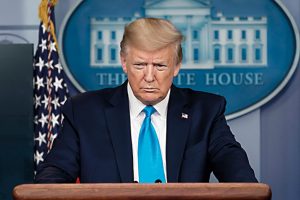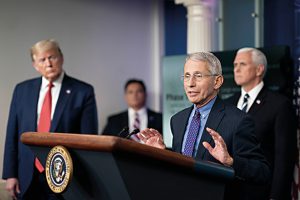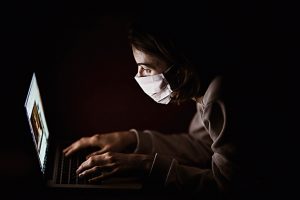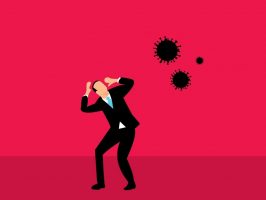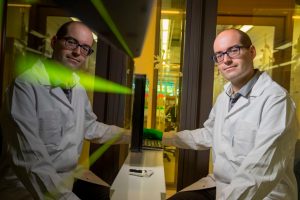Search
Despite all the achievements in such a short period of time, we must stress that obtaining a drug capable of inhibiting any of the proteases in SARS-CoV-2, or any other pathogenic agent, is a long and complex process that requires the participation of different branches of science.
Every historical period has had its epidemic executioner, and it has almost always been the ecological changes between human communities and the environment that have caused changes in pathogenicity and epidemic diseases.
The problem with the handling of COVID-19 in the United States has been more political than public health-related. When a country has a president who «didn’t know» and thought that «most people didn’t know» that the flu can kill people, what can be expected in terms of the handling of a pandemic?
Early criticism of COVID-19 rhetoric cautions against the use of war metaphors that can shift us toward authoritarian and nationalistic sentiment, evoking xenophobia and racism.
Most of the fake news that circulated on the web before this pandemic concerned health and became far more widespread than the real news. Unfortunately, this phenomenon has escalated with the global COVID-19 crisis.
At the time of publication of this issue, we are incredulously, insecurely, and helplessly witnessing a situation only comparable to that experienced in both twentieth-century World Wars. A global pandemic, which has once again placed the human species before a scenario that is as unprecedented and unknown as it is unpredictable.
An international study coordinated by Vicent Balanzá, Professor of Psychiatry at the University of Valencia, tries to learn more about the impact of confinement measures in the healthy lifestyle behaviours of the citizens, to plan post-pandemic health recommendations in the best possible way.
The biochemist Vicent Pelechano, together with his team in Sweden, has developed a simple, fast, and affordable method to detect the SARS-CoV-2 virus in patients. He explains in this interview.
Losing sight of climate change in the media could run the risk of strengthening the consensus for a narrative in favour of economic growth that leaves environmental issues in the background.
Although the coronavirus is a microbe, the author uses two animal analogies to explain the sudden and unexpected (or otherwise) appearance of phenomena such as COVID-19, but also other «unexpected» disasters of an economic, social, or political nature.



